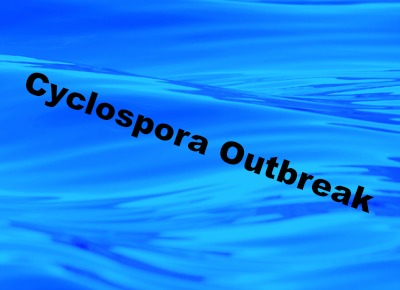Texas cyclosporiasis cases have surged to 110, the state health department is reporting. This is the second straight year that Texas has experienced a cyclospora outbreak. Last year, 270 Texans were sickened by the rare parasite normally associated with travel to tropical or sub-tropical regions.
 Many of the 2013 cases were linked to contaminated cilantro imported from Mexico. A food source for this year’s cases has not yet been identified.
Many of the 2013 cases were linked to contaminated cilantro imported from Mexico. A food source for this year’s cases has not yet been identified.
Symptoms of cyclosporiasis can last up to two months and include diarrhea, abdominal cramping, bloating, gas, nausea, fatigue, loss of appetite and weight loss. Symptoms such as vomiting, body aches, low-grade fever, and other flu-like symptoms are also possible.
Cyclosporiasis can be treated with antibiotics. The most common approach is the antibiotic combination trimethoprim-sulfamethoxazole. If untreated, relapse is possible.
So far this summer 110 cases have been reported in Texas from the following counties: Aransas (1), Bexar (5), Collin (4), Dallas (21), Denton (2), El Paso (1), Ellis (3), Erath (2), Galveston (1), Harris (8), Hays (1), Hidalgo (1), Hunt (1), Jefferson (1), Kaufman (3), Kendall (1), Lee (1), Lynn (1), Montgomery (1), Parker (2), Rockwall (1), San Patricio (2), Somervell (1), Sutton (1), Tarrant (11), Travis (2), Trinity (1), Webb (1), Williamson (3). An additional 25 cases are pending or from unknown counties.
Health authorities advise that washing produce thoroughly is the best way to avoid illness. However, cyclospora can be very difficult to remove, even with thorough washing.




